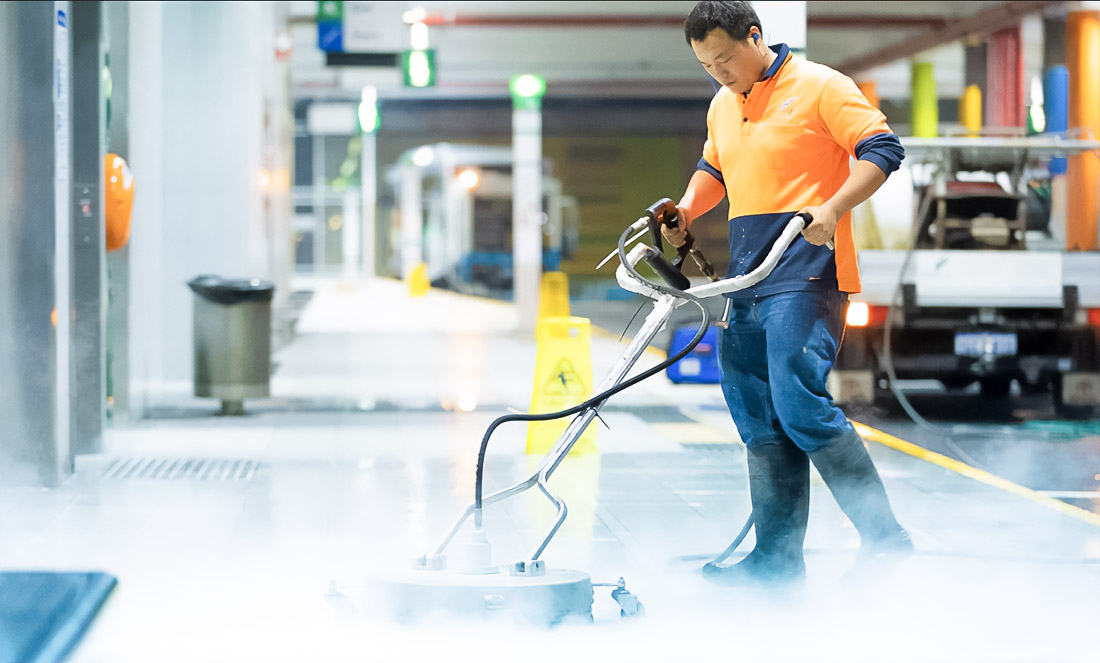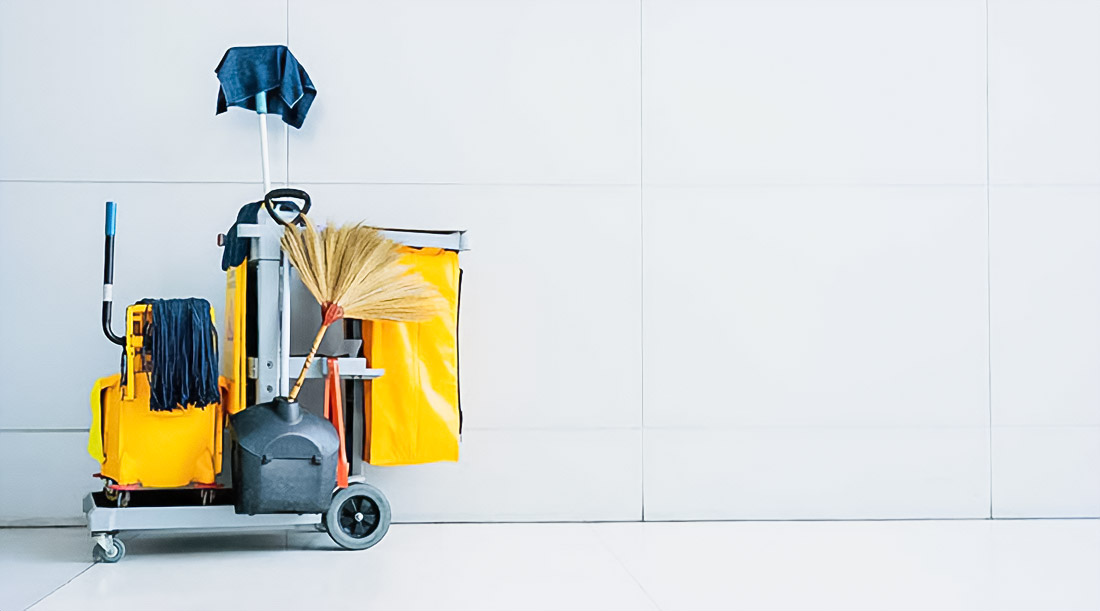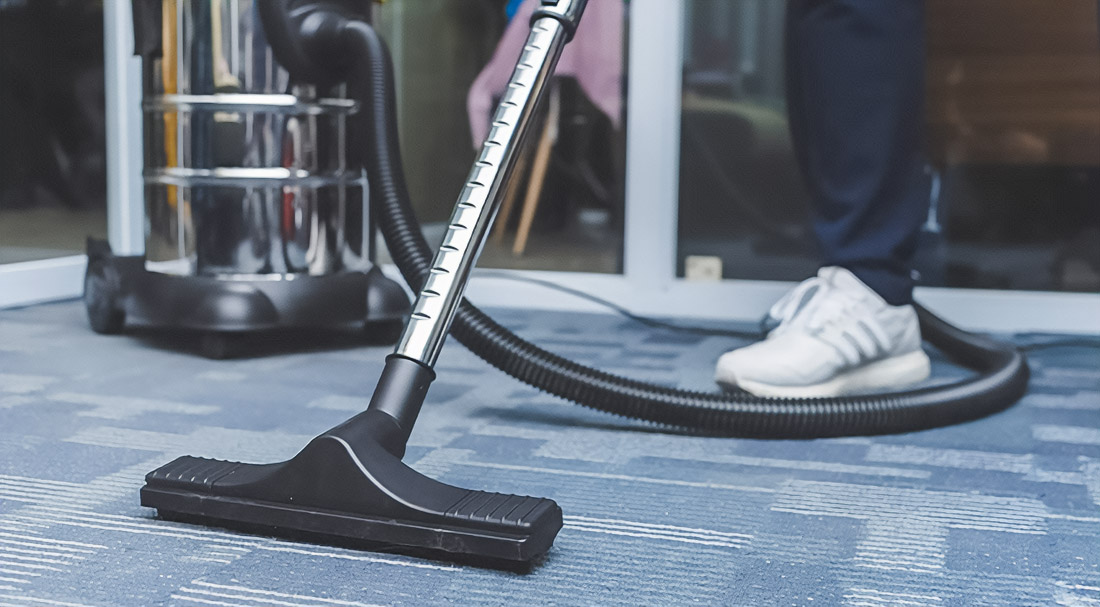Microfiber: Future Cleaning Equipment or Passing Trend?

Technological progress relentlessly moves forward, and the cleaning industry does not stay aside. Each year, new technologies are implemented that promise to increase the efficiency and ecology of the cleaning process. One such innovative solution has become microfiber. Over the past five years, it has gained popularity, becoming an integral part of modern cleaning equipment. But can it completely replace traditional methods, time-tested? Learn more about cleaning equipment uae at the link.
Page Content
Microfiber: Unique Properties and Advantages

Microfiber is a remarkable material composed of extremely thin synthetic threads, particularly polyester and polyamide. Human hair is over 100 times thicker than these microscopic strands! Because of its special ability to enter even the smallest surface pores, microfiber can collect dust, germs, and even viruses. Because tests have shown that microfibre can actually trap up to 99.9% of viruses, it is a perfect alternative for locations like hospitals and hotels. It makes sense that microfiber products are currently used by over 70% of cleaning companies globally.
How Microfiber Turns Cleaning into Art
- Deep cleaning without streaks: Thanks to the ability to polish, the surface becomes shiny and smooth.
- Economy: Reducing cleaning time by 30-50% lowers operational costs.
- Durability: Can withstand up to 500 washes without losing effectiveness.
Comparison: Traditional Mops and Microfiber Systems

Traditional mops have served faithfully for decades, but modern research points to their limited effectiveness. On average, particle reading monitors show that microfiber mops are twice as effective in removing contaminants.
- Time and effort: Microfiber reduces labor costs by half, which is critical for large objects.
- Eco-friendliness: Uses 80% less water and cleaning agents, reducing carbon footprint.
Economic Benefit for Companies and Clients
Despite the higher initial cost, microfiber products pay for themselves within the first year through reduced operational expenses. For large companies, this means tens of thousands of dollars in annual savings. Learn more about the size of the cleaning industry market here.
Limitations of Microfiber: Myth or Reality?

Although microfiber has many advantages, it is not without drawbacks. For example, it does not always cope with greasy and oily contaminants without additional cleaning agents. Studies show that such pollutants require mechanical or chemical treatment for complete cleaning.
Real Cases: Successful Microfiber Implementation
Consider successful examples. One of the largest hotel chains implemented microfiber, allowing to reduce cleaning costs by 35% and improve room service quality. In clinics, the use of microfiber led to a 40% reduction in infection cases, which is critically important for medical facilities.
Traditional Mops: Not Time to Leave Yet?

Although microfiber holds a strong position in cleaning, traditional mops still find their application, especially in dealing with tough contaminants, where classic methods can be more effective. Companies should combine usage based on the specifics of the work. Implementation of innovative microfiber is important, but the final decision always depends on the task and conditions. Learn more about government cleaning standards here.